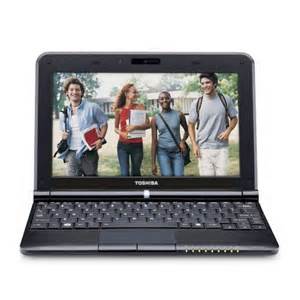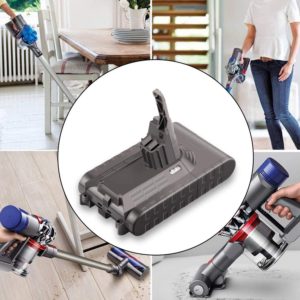How to extend Toshiba pa3734u-1brs battery life on your Toshiba NB200 Laptop
Whether you’re looking for a high-powered gaming machine, a slim and light Ultrabook or a great-priced portable for the whole family to enjoy, Toshiba nb200 laptop has something for everyone. While all Toshiba laptops are optimised for the best balance of battery life and performance, we’ve got a few useful tips you can easily employ for even better mobility.
Use Toshiba Eco Utility
The fastest way to enjoy a longer battery life is to use Toshiba’s great Eco Utility tool. Installed as standard on your laptop, it provides a quick way to reduce notebook battery power consumption, by automatically tweaking a range of system settings and optimising your laptop for improved mobility with just one click.
Adjust laptop screen brightness
The next easiest way to improve battery life is to turn down the brightness on your laptop’s screen. You can do this quickly and easily using the Function (or Fn) key and the screen brightness keys on your Toshiba laptop’s keyboard and by setting a lower brightness, your screen will use less battery power.
Tweak your Power Plan
Windows 7 provides a range of handy Power Plans, letting you quickly choose the level of power or mobility you need. Click on the Battery icon at the bottom right of the screen, then select More Power Options and you can choose your preferred Power Plan. Power Saver is the best choice for a longer Toshiba pa3734u-1brs laptop battery life.
Unplug external devices
If you have any devices connected to your Toshiba laptop, such as an MP3 player, external hard drive or digital camera, then all of these will be drawing power from your system. By simply unplugging them, you can free up more of that power to be available for your laptop to use as you are travelling.
Don’t use the optical drive
If you are running programs or movies from CD, DVD or Blu-ray disc, your laptop will be using a lot of power to keep the disc drive spinning. As a result, aim to copy any files you need over to your laptop’s hard drive and try to avoid using the optical drive when you’re away from mains power, to save energy.
Hibernate your laptop
While Windows 7’s Standby mode lets you save power when you’re not using your laptop and quickly resume where you left off, the Windows 7 Hibernation mode uses even less power, as it saves your system state and then shuts the laptop down entirely. So, always aim to hibernate your laptop rather than use Standby if you know you will not need to use your laptop for an hour or more.
Defragment the hard drive
As you use your laptop, your files and folders can become fragmented across your hard drive and your laptop then has to work harder to find what it needs. By defragmenting the drive, your system can access data much faster and use less power in the process. To do this, click the Windows Start Menu, then type Defrag and click on Disk Defragmenter. You can then instantly see how fragmented the hard drive is and click Defragment Disk if you need to clean it.
Keep laptop battery contacts clean
And a final tip for improving notebook battery life is to ensure your laptop’s battery is kept running at maximum capacity by cleaning the battery’s contacts every few months. To do this, switch off your laptop, disconnect it from the mains and remove the battery. You can then use a cotton swab and a dab of rubbing alcohol to clean the contacts. Finally, let them dry before refitting the battery.
Whether you opt to use just a few of these tips, or you try them all, you can easily add extra minutes or even hours to your Toshiba nb200 laptop battery life and enjoy greater mobility wherever you go. And all it takes is just a few quick tweaks to optimise your system’s settings and get it running at its very best.
The key is to use the tips that you feel most comfortable with and which don’t impact on your enjoyment of your laptop, so that you can not only get the best battery life possible, but you can do it while still enjoying all the great performance and features of your gorgeous, power-packed Toshiba laptop.


